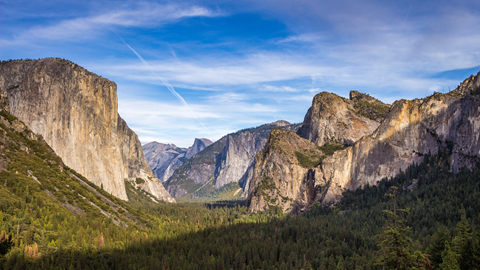I just got back from skiing at Jackson Hole last week. Like much of the west the snow pack has been really low all winter. Jackson Hole only had a 44 inch (old) base when I arrived. Starting with the day I arrived (Wednesday, January 18) the snow started falling and in a series of storms over 55 inches fell over the next five days. With an old base it created what the Bridger-Teton Avalanche Center rated as “Considerable Avalanche Danger.”
On returning to the east coast I read about a significant avalanche in the Teton Backcountry on Mt. Taylor. This slide has created a significant buzz in the backcountry skiing blogosphere since it was intentionally triggered by a professional guide who the made a ski cut above a popular line, intending to release an small avalanche and make the slope safer for him and his party. “The huge slide ran 2,600 vertical feet and took out previous tracks and part of the uphill track. It crossed Coal Creek and ran up over the opposite slope and left a 30-foot-deep deposit of snow and debris. No one was injured in the incident, but search and rescue teams responded to make sure no one was buried or carried.” Truly a killer avalanche if anyone had been it it’s path. The skier who triggered the avalanche skied down the slope with his beacon on to see if anyone was caught in the slide. Search and Rescue teams also responded to the slide but no one was caught in it.
You’ll see a broad range of comments online at TetonAT.com with points of view from “this is no big deal” to “hugely irresponsible behavior.” I encourage you to browse the comments and you’ll see the range of attitudes some of which espose responsible decision-making and others who suggest that ‘what you do is your own business.’ Some of these I found just plan scary and I hope I am never downslope from people who think the latter.
One point that I want to make here is that the decisions that we make in the backcountry, don’t just affect us and our group. Although no one was hurt in this avalanche, other groups could have been below resulting in potentially catastrophic results. One common risk management error is “the expert on his/her own turf” which could be one explanation for this behavior. Being in “our element” sometimes blinds us to the potential risks and the fact that one has skied an area “1,000 times” doesn’t somehow make you safer. Sure, site knowledge like slide paths, previous avalanche history and stability are all pieces of data, but not a license to make decisions that put other people at serious risk.
https://www.jhnewsandguide.com/article.php?art_id=8177
[View:https://www.youtube.com/watch?v=xNibi23b0RY&feature=player_embedded]


